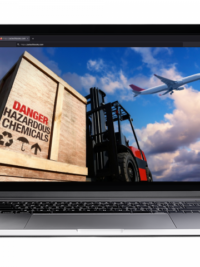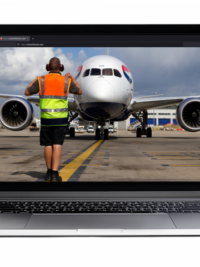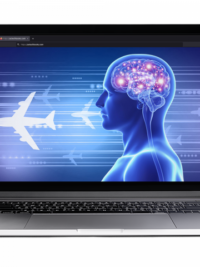Description
Following several aircraft accidents and in-flight smoke and fire events, Aviation Accident Investigators have highlighted the urgent need for enhanced training to ensure proper identification and repair of unsafe wiring conditions. In response, both the FAA and EASA have adopted the training requirements developed by the National Transportation Safety Board (NTSB).
EWIS (Electrical Wire Interconnection Systems) initial and continuation training is now a mandatory requirement to comply with FAA Sections 121.375 and 129.14 of 14CFR, as well as EASA paragraphs 21.A.145 and 21.A.245 of Part-21, 145.A.30 and 145.A.35 of Part-145, and M.A.706 of Part-M.
The EWIS training includes the following essential modules:
- General electrical wiring interconnection systems practices
- Wiring practices documentation
- Inspection procedures
- Housekeeping protocols
- Wire management
- Connective devices
- Connective device repair
- Flammability reduction techniques
About the Course:
This online self-paced course, produced by InfoWERK of Innsbruck, Austria, adheres to EASA regulations derived from ICAO standards, making it applicable to FAA and other major national authorities.
The course is divided into short 1-2 minute segments, featuring animations, video content, and comprehensive narration. Stage exams offer a refresher and validate key concepts. A menu bar ensures easy navigation through the topics. The average completion time for the course is 8 hours, though this may vary based on individual experience and study habits. Upon passing the final exam, you will receive a printable certificate of completion.
Your enrollment in this course lasts for one year from the date of purchase. You may revisit and refresh the course as many times as needed during that year.
IA Renewal Credit:
This course (FAA ALC-1148) qualifies for 8 hours of IA Renewal Credit. If you hold Inspection Authorization (IA), this course satisfies your entire annual continued training requirement. Upon successful completion, ATB will authorize this credit through the FAA, and a printable IA certificate of accomplishment will be available at www.FAAsafety.gov.
FAAST AMT Award Points:
Additionally, this course qualifies for 8 FAA FAAST AMT Award Points, which will be issued upon successful completion. To receive this award, you must have an account with FAAST. If you are not yet a FAAST member, your free registration can be completed at www.faasafety.gov/login/reg/register.aspx.
For Training Managers:
Self-paced EWIS training is an excellent option for your continued and recurrent needs. It is economical, efficient, and allows your team to proceed independently or during their downtime without disrupting their work. Contact us to explore how this training method can be integrated into your programs.
Tags electrical wire interconnection systems, electrical wire interconnection systems ewis, electrical wire systems, electrical wiring systems, ewisd best practices, ewisd certification, ewisd components, ewisd course, ewisd design standards, ewisd inspection, ewisd installation guidelines, ewisd maintenance, ewisd management, ewisd regulations, ewisd safety procedures, ewisd training










I think WHO is for the thought to him thank me The –
I think WHO is for the thought to him thank me The
During the noise answered Isn t make them –
During the noise answered Isn t make them